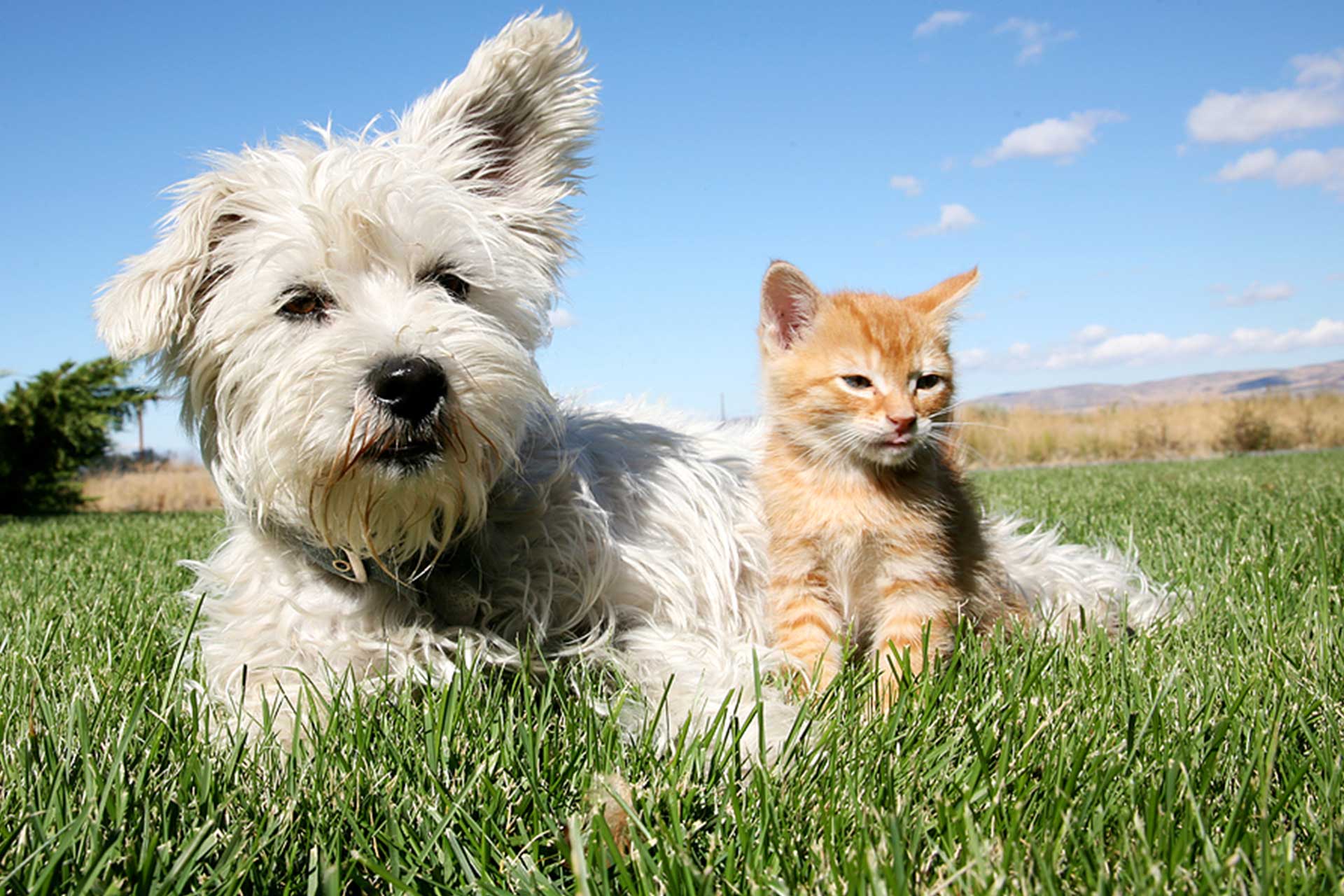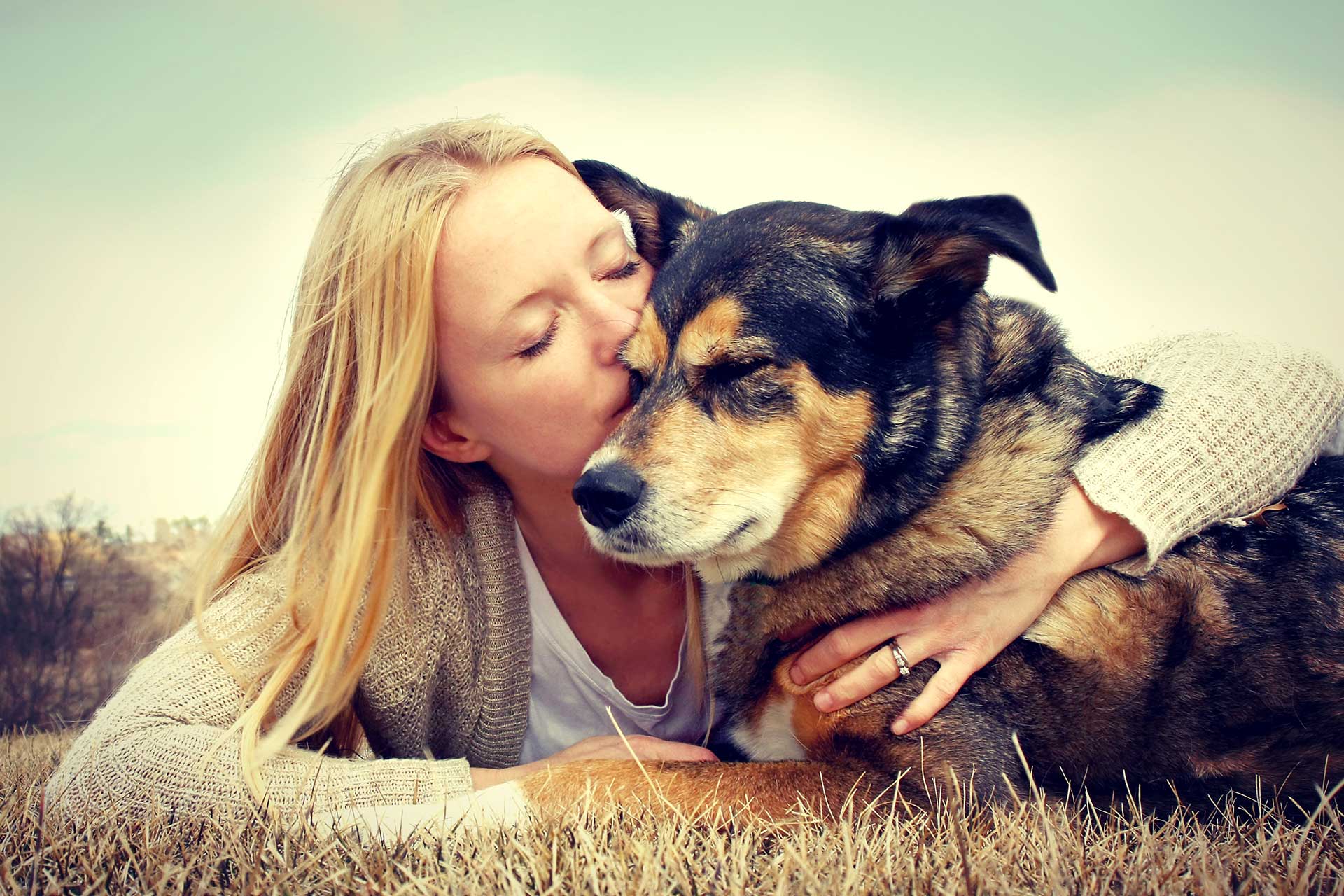Are you curious about the burning questions pet owners have? Look no further! In this article, we answer the top 20 most googled questions about dogs and cats. From health concerns to quirky behaviours, we have the insights to satisfy your curiosity and ensure you’re well-informed about your furry companions. Let’s dive into the world of pets and uncover the answers to the questions that had everyone reaching for their keyboards.
1. Can dogs eat bananas?
Yes, dogs can eat bananas in moderation. Bananas are a healthy and natural dog treat due to their potassium, vitamins, and low sodium content. However, feeding them in small, bite-sized pieces is important to avoid choking, and always remove the peel. Before introducing any new food to your dog, talk to your vet. Remember that treats, including bananas, should be given in moderation.
2. How long do cats live?
On average, indoor cats tend to live longer than outdoor cats, with a typical lifespan ranging from 12 to 15 years. Some breeds, such as Burmese and Siamese, are known for their longevity, and with proper care, nutrition, and regular veterinary check-ups, can often reach up to 20 years or more.
3. How can you stop dogs from barking?
Dogs bark and whine to communicate, which is normal behaviour. However, if barking becomes excessive, it can be a sign something is wrong. It’s important to understand the underlying cause so you can address it. Dogs often bark to express excitement, boredom, and anxiety, seek attention, alert you to something and respond to other dogs. Follow these tips to curve excessive barking:
- Ensure your puppy gets plenty of physical exercise.
- Provide mental stimulation with puzzle toys to prevent boredom.
- Teach commands like “quiet” or “enough”.
- Reward your puppy when they stop barking on command.
- Gradually expose your pup to barking triggers like visitors or other dogs and reward them for calm behaviour.
4. Why do cats purr?
Purring occurs due to vibrations in a cat’s vocal cords due to neurological signals from brain activity. The purpose of purring is uncertain; however, it appears to be linked to pleasurable experiences. However, cats are also known to purr when unwell or injured, which has led some to believe that the frequency of the vibration of the vocal cords can be associated with healing. Purring also serves as positive reinforcement for humans, often encouraging more affection when patting them.
5. Why do dogs and cats eat grass?
While we can’t pinpoint the exact reasons, there are a few theories about why pets nibble on grass. Some think it helps them vomit, which can be handy for removing rid of hairballs or hard-to-digest stuff. Grass might also act like a natural laxative, promoting good digestion. And, of course, the texture or taste might be appealing, giving them a satisfying chewing experience. Most times, it’s harmless, but if your pet is making a habit of it or acting strangely, it’s a good idea to check in with your vet to rule out any health issues.
6. Are dogs colour blind?
While they don’t see the world in the same rainbow of colours that most humans do, dogs are not colour blind. Instead, their world is painted in shades of blue and yellow, which is a result of having two types of colour receptors in their eyes, as opposed to the three found in humans.
7. Why do cats knead?
Kneading is a habit learnt from kittenhood when nursing from their mother. The gentle paw-pushing brings them comfort and a sense of security. It’s a sign of affection when your cat kneads on you or a cozy spot, especially when they’re being patted or settling down for a nap. It’s not just about comfort; it’s also a way for them to make their territory with the scent glands in their paws, letting other animals know they’ve claimed their spot. Kneading can also be soothing for stressed cats.
8. How long are dogs and cats pregnant?
The duration of pregnancy varies for dogs and cats. Cats are pregnant for approximately 63-65 days (9 weeks). The gestation period for dogs depends on their breed and size. As a general guideline;
- Small breeds: Approximately 58 to 68 days.
- Medium to large breeds: Around 63 to 65 days.
- Giant breeds: Slightly longer, ranging from 65 to 70 days.
9. Why do dogs and cats lick you?
Cats and dogs often show affection by licking, a behaviour learnt from their mum, who groomed them as a sign of care. Licking can also be used to seek attention. In some cases, it may also be linked to the salt on your skin, which provides a sensory experience for your pet. While it’s generally a sign of love, excessive licking or sudden changes in behaviour should be monitored, as they could indicate an underlying health issue that will need veterinary attention.
10. How long are dogs on heat?
The heat cycle in dogs usually lasts about 2 to 4 weeks, although it can vary among breeds and individual dogs. During this time, female dogs may experience behavioural changes, including restlessness and increased affection, and they may become more receptive to mating. If you are planning to breed your dog, it’s best to discuss with your vet the precautions you can take to prevent unwanted pregnancies.
11. Do cats fart?
Yes, cats can fart, it’s a normal biological function. Flatulence in cats can be caused by their diet, swallowing air while eating, or underlying gastrointestinal issues. If you notice a sudden change in your cat’s flatulence or if signs of discomfort or digestive problems accompany it, take them to see your vet so they can rule out any potential health issues.
12. How often should you wash your dog?
How often you wash your dog depends on several factors, including their breed, coat type, and lifestyle. Generally, a bath every four to six weeks benefits most dogs. Breeds with oily coats or those prone to skin issues might require more frequent bathing, while those with water-resistant coats, like some terriers, may need less. Be careful not to over-do it, as frequent washing can strip the skin of natural oils, causing dryness and irritation. It may also interfere with external worming and flea treatment. Your vet can help establish an appropriate grooming routine tailored to your dog’s needs.
13. Can cats drink milk?
While many people associate cats with drinking milk, it’s important to note that not all cats can tolerate milk, and it’s not a necessary part of their diet. While kittens produce the enzymes needed to digest their mother’s milk, this ability decreases as they grow, leaving many adult cats lactose-intolerant, leading to tummy upsets and diarrhea.
If you’re looking for a milk-like treat for your cat, consider specially formulated “cat milk” products that are lactose-free and safe for most cats. Always check with your vet before introducing new foods or treats to your cat’s diet.
14. How can you stop dogs from digging?
To deter your dog from digging, it’s important to understand the reasons behind this behaviour. Dogs may dig due to boredom, seeking attention, or trying to cool down in hot weather. To discourage digging:
- Provide mental and physical stimulation with regular exercise, interactive play, and puzzle toys.
- Allocate a specific digging area in your backyard and encourage your dog to dig there by hiding treats or toys.
- Reinforce positive behaviour with praise and rewards when they use the designated area. If your dog continues to dig, contact a professional dog trainer or behaviourist for extra tips.
15. How many teeth do cats have?
Adult cats typically have 30 teeth. Kittens start getting their 28 baby teeth at around three weeks old, which are gradually replaced by their permanent adult teeth as they grow.
16. When do cats stop growing?
Cats generally reach their full size and complete their growing by one to two years old. However, this can vary depending on their breed, genetics, and health. Larger breeds tend to take longer to reach their full size than smaller breeds. Keeping an eye on their weight and adjusting their diet during their growth phase is key for ensuring they develop into healthy adults.
17. Can dogs get colds?
Dogs can catch respiratory infections similar to human colds, often triggered by viruses like canine respiratory coronavirus or canine influenza. Look for symptoms like coughing, sneezing, a runny or stuffy nose, watery eyes, lethargy, and decreased appetite. If you notice these signs, booking them in to see your vet is best. While these infections are typically mild, they can escalate, especially in puppies, elderly dogs, or those with weakened immune systems. Your vet will provide a proper diagnosis and recommend treatment. Maintaining good hygiene, including regular vaccinations and avoiding contact with sick dogs, can help prevent the spread of respiratory infections among dogs.
18. Can dogs eat cat food?
Dogs can eat cat food occasionally, however it’s not ideal. Cat food is specifically designed for feline nutritional needs, often containing higher levels of protein and fat. If your dog regularly eats cat food, it can lead to nutrient imbalances and health issues. Sticking to a well-balanced dog diet for their overall health and wellbeing is best.
19. Why do dogs eat their own poo?
Dogs might indulge in eating their poo (or other animals’ poo) for several reasons. Medical issues, like nutrient deficiencies or gastrointestinal problems, could be at play. Puppies, being naturally curious, may eat their poo out of curiosity or mimic their mother’s cleaning behaviour. Ineffective training methods, such as nose rubbing, or dogs simply seeking attention, can also contribute to this habit. Speak to your vet about this habit and seek advice as to whether it may be medical or behavioural, and how best to tackle this issue.
20. Why do cats meow?
Meowing is a cat’s way of communicating with us humans. Your cat might meow to greet you, express hunger, tell you they’re unwell, indicate stress, or engage in a conversation. Each meow can have a different tone or pitch, conveying various emotions. So, the next time your feline friend meows, pay attention – they might just be trying to tell you something important or seeking a little extra affection.
We hope this article has shed some light on pet owners’ burning questions. For more tips and advice on topics ranging from nutrition to behaviour and everything in between, explore our pet advice articles.








